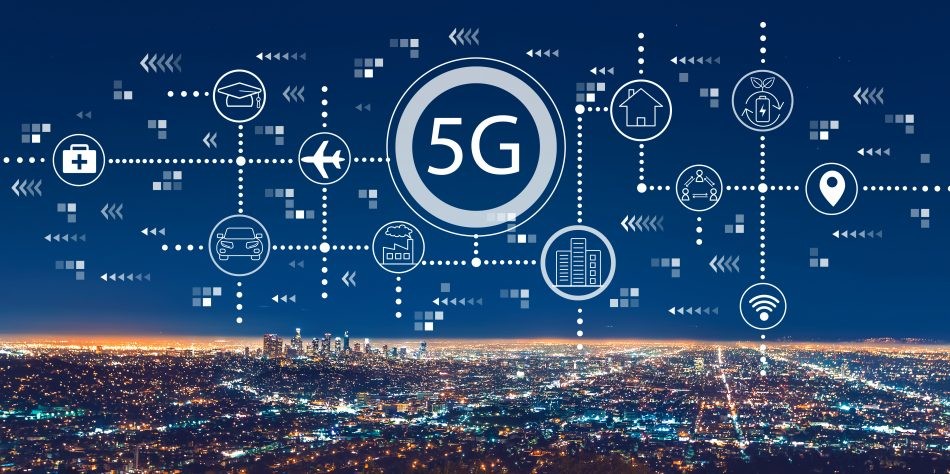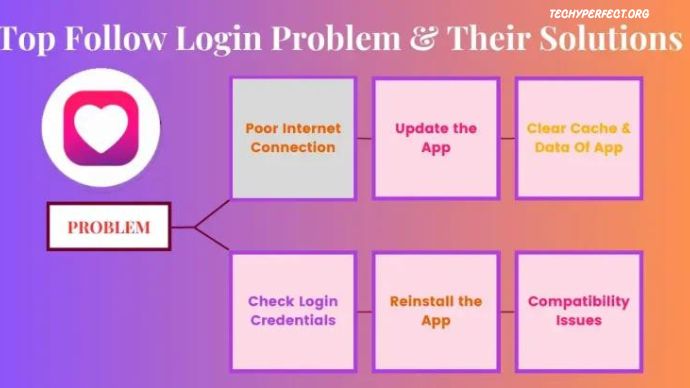How Will 5G Transform Connectivity?

In today’s hyper-connected world, where everything from social media to smart homes depends on fast, reliable internet, 5G technology is on the verge of revolutionizing how we connect to the world around us. Before we dive into how 5G will change everything, let’s take a walk through a short story.
Imagine you’re sitting in a bustling coffee shop, scrolling through your favorite social media platform. Your video call with a friend across the globe Techprimex.co.uk is as smooth as ever. But just a few years ago, video calls would freeze, freeze again, and maybe even drop altogether. So, what changed? Well, 5G technology is transforming the world of connectivity in ways we never thought possible.
What Is 5G?
To understand how 5G will transform connectivity, we first need to understand what 5G really is.
Simply put, 5G stands for “fifth generation” wireless technology. It is the successor to 4G, the technology most of us use right now. Think of 5G as the next step up in the internet’s evolution – it promises faster speeds, lower latency, and the ability to connect way more devices without the slowdowns we’re used to. But here’s the thing: 5G is much more than just a speed upgrade. It’s poised to fundamentally change the way we interact with technology. It will enable everything from smart cities to autonomous vehicles, and here’s how:
The Speed Advantage: Speed Like Never Before
When it comes to 5G, the word “fast” doesn’t quite capture it. With 5G, we’re talking about speeds that are up to 100 times faster than 4G. Imagine downloading a full-length movie in just seconds. Or streaming high-quality 4K video without any buffering. 5G will offer unprecedented download and upload speeds that will be a game-changer for everything from content creation to entertainment.
Think of it this way: if 4G was like a busy highway with cars moving at a decent pace, 5G would be a futuristic, super-fast bullet train. You can seamlessly stream content, play online games without any lag, and enjoy real-time collaboration with zero delays. The days of buffering videos and waiting forever for files to download? Gone!
But the speed isn’t the only thing to get excited about. Let’s talk about latency.
Latency: The Waiting Game is Over
Have you ever sent a message or made a video call and noticed the delay? That annoying lag, where you speak and the recipient hears you a few seconds later? 5G will eliminate that frustration by drastically reducing latency.
Latency refers to the time it takes for data to travel from one point to another. With 5G, latency will drop to as low as 1 millisecond. That means communication will happen in near real-time. For autonomous vehicles, this could be a life-or-death game-changer. For gamers, it’s the ultimate advantage, ensuring smooth, lag-free experiences. And in healthcare, this real-time connection could transform telemedicine, enabling doctors to perform remote surgeries with precision.
Connecting More Devices: The IoT Revolution
As the number of connected devices in the world continues to rise, 5G will serve as the backbone for this new era. Whether it’s your smart refrigerator, your fitness tracker, or the lights in your home, 5G will seamlessly connect all these devices to the internet.
Think of 5G as the invisible network that binds everything in a smart city. With the explosion of the Internet of Things (IoT), having a stable, high-speed connection to power all these devices is crucial. 5G will support the growing number of connected devices by handling more data at once without overwhelming the system. This means more devices, more data, and more convenience.
Transforming Industries: The Ripple Effect
Now let’s get into the big stuff: how will 5G transform entire industries? From healthcare to manufacturing, the impact of 5G will be massive.
Healthcare: Revolutionizing Remote Healthcare
Healthcare is one of the biggest industries poised to benefit from 5G. Imagine a world where you can consult with a doctor, no matter where you are, in real-time. With 5G, telemedicine will reach new heights. Doctors will be able to remotely monitor patients, perform virtual check-ups, and even use robots to assist in surgeries from miles away. With ultra-low latency, surgeries that require precision can be conducted in real-time with no delay. 5G will make healthcare more accessible, especially in remote areas where medical facilities are scarce.
Transportation: Self-Driving Cars and Smart Infrastructure
The transportation industry is on the brink of a major revolution with the introduction of autonomous vehicles. For these cars to communicate with each other and their surroundings, they need to have ultra-low latency and the ability to transmit large amounts of data in real-time. That’s where 5G comes in.
With 5G, cars will be able to make split-second decisions based on data from other vehicles, traffic lights, and even pedestrians. Imagine a self-driving car that can make decisions in real-time based on the information it receives from surrounding vehicles, ensuring smoother and safer travel.
Entertainment: The Future of Immersive Experiences
5G is set to completely overhaul the entertainment world. Streaming services will offer seamless, high-definition content at lightning speeds, without the hassle of buffering. Virtual reality (VR) and augmented reality (AR) will reach new levels, providing ultra-realistic experiences.
With 5G, virtual reality gaming will be taken to the next level, allowing for an immersive experience where you can interact in real-time with the virtual world. The increased speed and reduced latency will also make it possible for developers to create more complex and interactive VR worlds.
Smart Cities: Connectivity at a Massive Scale
5G will provide the foundation for the smart cities of tomorrow. As urban populations grow, cities will need to become more efficient and connected. With 5G, traffic lights can adjust in real-time, garbage collection can be optimized, and public services can be delivered more efficiently. All of this is powered by data, and 5G will enable cities to process that data at incredible speeds.
Imagine an entire city where traffic jams are minimized, energy consumption is optimized, and public safety is heightened – all thanks to 5G.
The Challenges Ahead: Overcoming the Hurdles
Of course, 5G isn’t without its challenges. One major hurdle is infrastructure. Building a 5G network requires significant investment in new infrastructure, including small cell towers that are placed in urban areas. These towers are necessary to ensure the high speeds and low latency 5G promises, but they require coordination with local governments and private companies.
Another challenge is the security concerns surrounding 5G. As more devices become connected, the risk of cyber threats increases. It will be crucial to ensure that 5G networks are secure and protected from attacks.
Looking Ahead: What’s Next for 5G?
As we look to the future, it’s clear that 5G will be the foundation for the next generation of technology. From smart homes to self-driving cars and from telemedicine to smart cities, the possibilities are endless. But for all its potential, it’s still in the early stages of deployment, and there’s much more to come.
The real impact of 5G won’t be felt overnight, but as the infrastructure grows and the technology matures, we’ll begin to see a world that’s faster, more connected, and more intelligent than ever before.
Conclusion
5G is more than just a faster way to browse the web. It’s a transformative technology that will revolutionize industries, change the way we live, and open up possibilities that were once thought impossible. While there are hurdles to overcome, the potential benefits far outweigh the challenges. As we move forward, embracing 5G will be key to staying ahead in a world that’s increasingly driven by technology.




